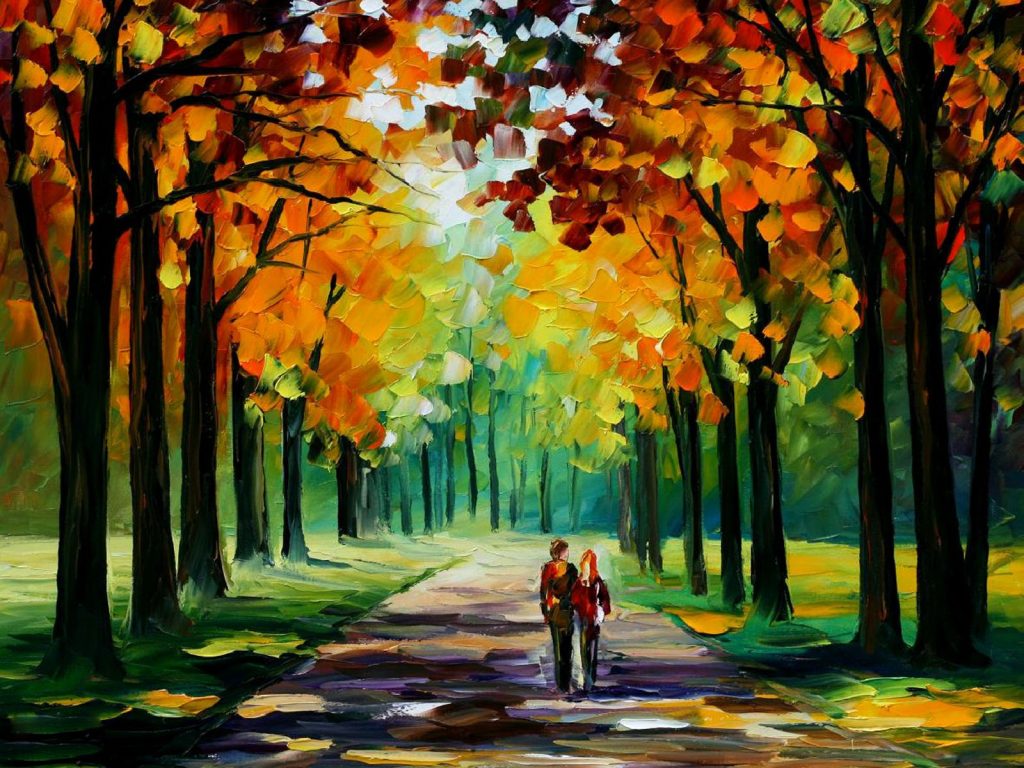Oil painting is a traditional and versatile artistic expression that uses pigments suspended in drying oils as the medium. The ancient and adaptable oil painting medium employs pigments suspended in drying oils for creative expression. Although linseed is the most widely used drying oil, other oils, including safflower, poppy seeds, and walnuts, can also be utilised. The final painting’s qualities, like glossiness and drying time, can be influenced by the oil used.
It formed in Europe and circulated to other parts of the world, where it has been the most prevalent process for artistic painting on canvases, wood panels, or copper for several centuries. However, it takes longer since you must wait for one coat of paint to dry completely before applying another.
Oil Painting For Beginners
If you’re a beginner in oil painting, it’s beneficial to begin with fundamental oil painting strategies and principles if you’re starting.
Use a small to medium-sized canvas or canvas board for your first endeavours. First, work with the primary colours: burnt umber, ultramarine blue, phthalo green, cadmium yellow, and cadmium red. As you advance, you can add more colours to your palette.
Have a variety of brushes, including flat brushes for larger areas and details and round brushes for finer details. A range of brush sizes (small, medium, and large) will be helpful.
Oil Paintings Colours
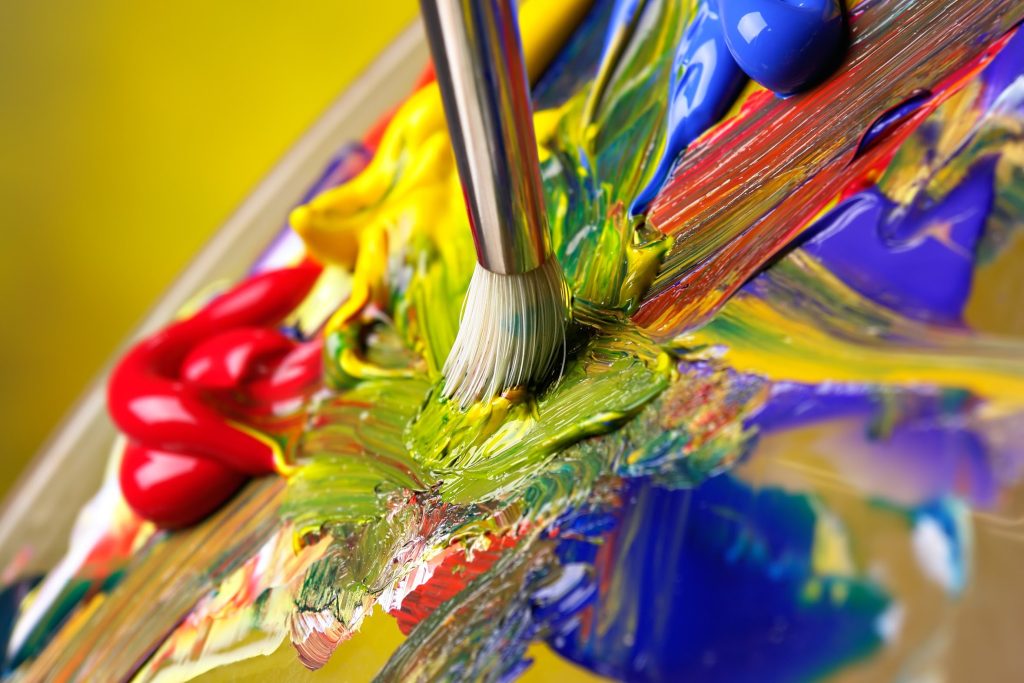
Oil paints are available in various colours, and artists frequently employ a colour pallet to produce their works. Typically, artists begin with a simple primary and secondary colour palette and work their way up depending on their tastes and the demands of the piece. The artist’s style, the subject matter, and the mood they wish to portray in their painting all influence the colour selection.
To attain coherence and harmony in their work, some artists sometimes restrict the number of colours in their palette. This method is referred to as a limited colour scheme. It’s vital to remember that oil paints come in different quality grades, and painters could select professional-grade colours because of their superior lightfastness and increased pigment concentration. Using various colours and brands to explore and experiment with can be artistic.
Oil Painting Portrait
Technical proficiency, artistic expression, and observation are all necessary while creating a portrait in oil. Choose a canvas or an oil painting-suitable prepped surface—the amount of detail you wish to provide and your preference will determine the size. Select a variety of hues for the skin, including flesh tones. For the background and clothing, among other portrait components, use a range of colours. Use oil painting mediums to change the paint’s texture and drying time.
Draw a preliminary outline of the dimensions and positioning of the face features on the canvas. For this first sketch, you can use a pencil or paint that has been thinned. Block in the portrait’s more oversized shapes and primary colours first. Pay attention to the proportions and overall composition. Gradually build up layers of paint, refining details as you go. Work from general areas to specific features, such as the eyes, nose, and mouth. Pay attention to colour mixing, especially in skin tones. Use various colours to capture the subtle shifts in light and shadow. Use a palette knife or fine brush to create texture and add finer details. Pay close attention to highlights, shadows, and facial expressions.
Digital Oil painting
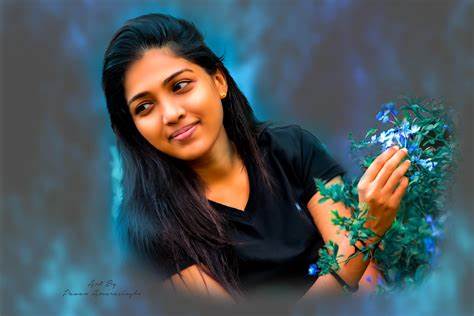
Using digital tools and software to mimic the appearance and feel of conventional oil painting is the process of creating a digital oil painting. The following is a general how-to for making a digital oil painting:
For Digital Drawing Tablet, use a stylus and drawing tablet to have more control over your strokes. This makes painting more like the sensation of using conventional brushes.
For Digital Art Software, select digital art software with tools for layering and blending and support for various brushes. The well-liked options are Clip Studio Paint, Corel Painter, Adobe Photoshop, and Procreate.
Recall that experimenting with digital oil painting is possible without the mess associated with conventional oil painting. Utilize the undo function, experiment with different brushes, and appreciate the versatility of digital tools. Just as with traditional painting, you may hone your abilities and create your style in digital media by practising and experimenting.
Oil Painting Flowers
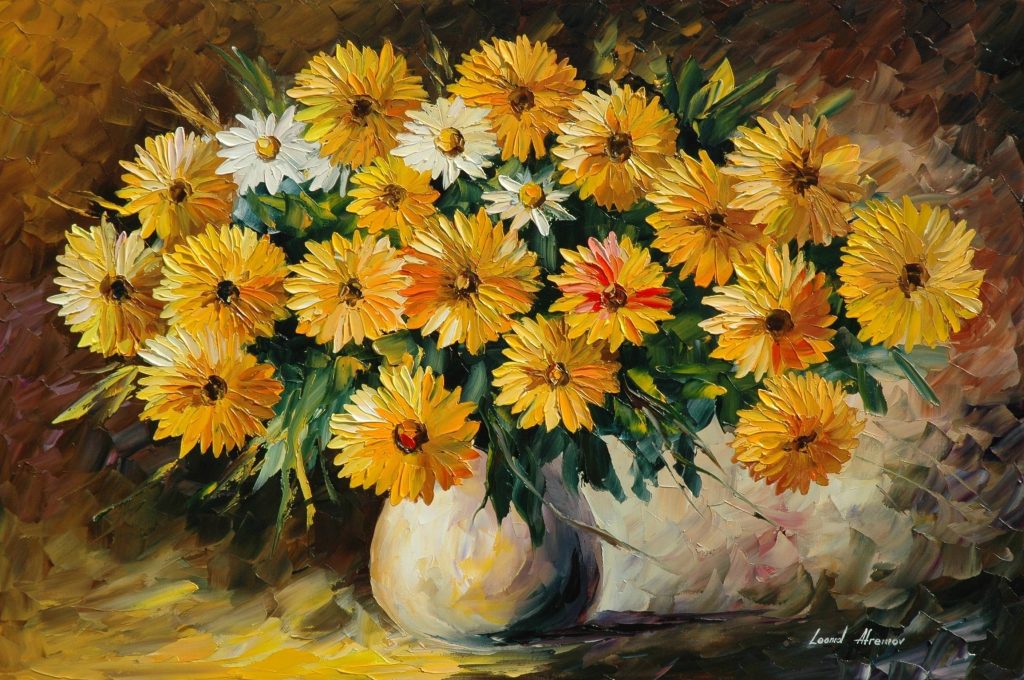
This article covers several demonstrations, ranging from simple tasks to handling intricate flowers. How can one paint a rose, a dahlia, or a magnolia from the South? Choose a reference photo of the flowers you want to paint. Ensure the lighting in the picture is good and the flowers’ intricacies are visible. Start with a light sketch on your canvas to outline the basic shapes and arrangement of the flowers. This will serve as a guide for your painting. Decide on the background for your floral composition. You can choose a simple background or create a more elaborate setting. Begin by blocking in the primary shapes and colours of your flowers. Use larger brushes for this stage and focus on creating a basic foundation.
Raja Ravi Varma Oil painting
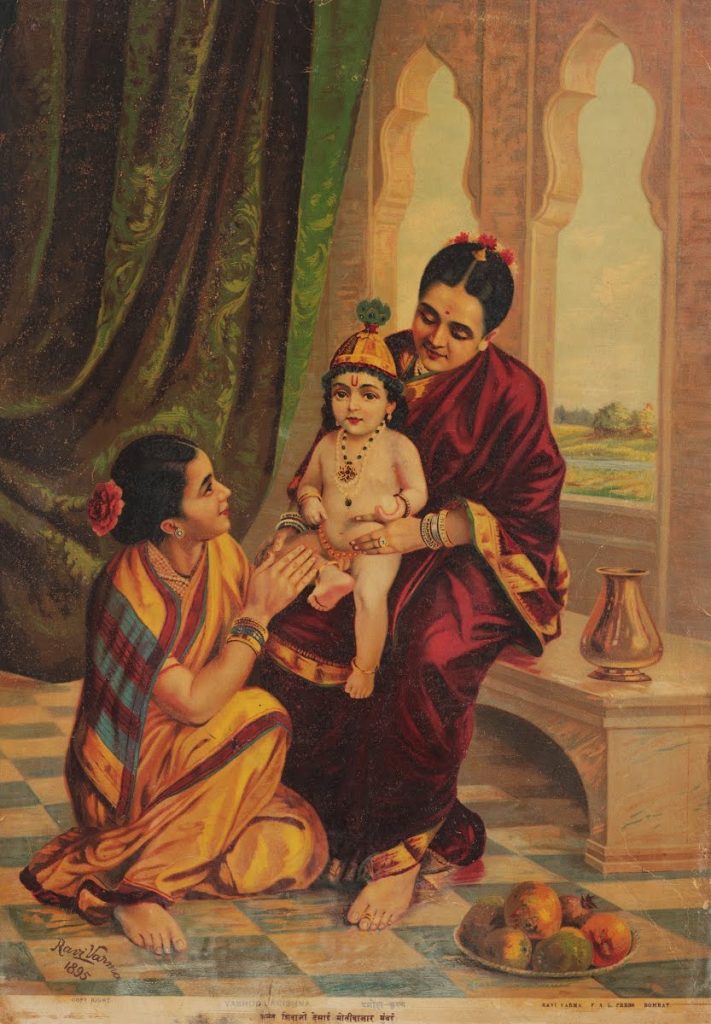
Courtesy Google Arts & Culture
Famous Indian painter Raja Ravi Varma (1848–1906) is recognised for his significant contributions to Indian art, primarily through oil paintings. Indian mythology, epics, and regal portraits were frequently shown in his artwork. In India in the late 19th and early 20th centuries, Raja Ravi Varma was a significant contributor to the synthesis of Indian traditions and Western techniques in art.
Radha Krishna Oil Painting
In Indian art, Radha and Krishna are often featured subjects. Numerous artists have produced stunning paintings that capture their heavenly love. Remember to incorporate the spirituality and emotion of the Radha Krishna subject into your artwork. Try out several methods and take pleasure in producing a piece of art that captures the splendour of this heavenly love tale.
Buddha Oil Painting
Making an oil painting of a Buddha can be a meditative and spiritually enlightening experience. Treat the painting process with compassion and awareness. Allow the process of painting the Buddha to be contemplative, capturing the subject’s serene and spiritual essence.

